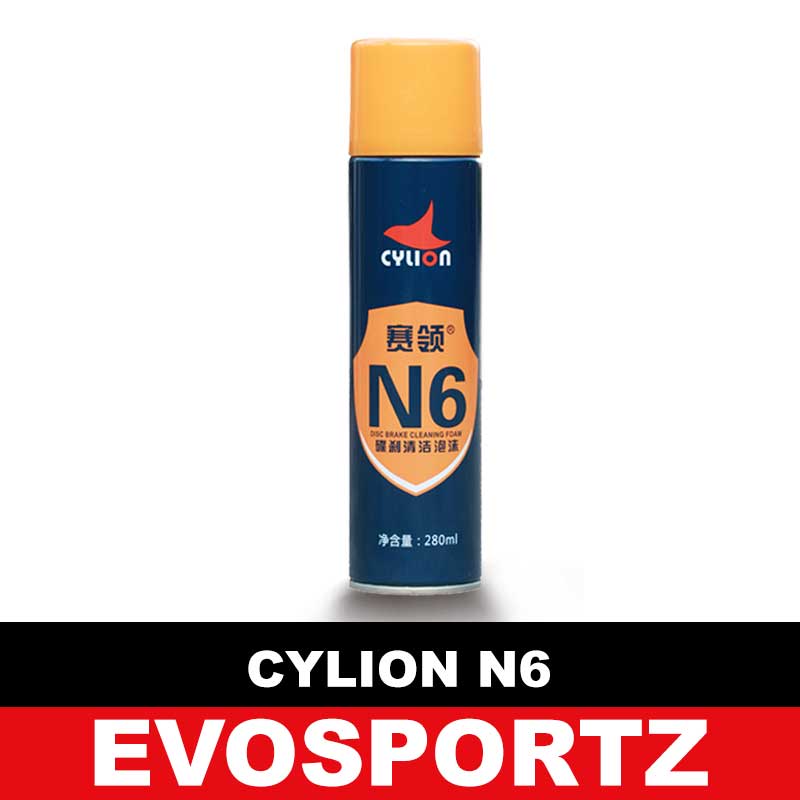

Brake disk cleaner how to#
HOW TO SAFELY USE BRAKE CLEANERīrake cleaner is easy to use when it’s used the way it’s supposed to be. Anything your brake pads touch that isn’t the brake rotor can make your stops take longer. Is quickly absorbed by the air and doesn’t leave behind any of the gunk that has made your brakes make noise and could make them less efficient. WHAT IS BRAKE CLEANER FOR?Īs the name implies, brake cleaner is an aerosol spray that has chemicals in it that help grease, oil, dust, and other debris come off your brake parts. To help you, let’s look at how to use brake cleaner in a safe way. This doesn’t have to be a trip to the store, as you might be able to fix the problem yourself and learn more about how to do things on your own. For more information on brake cleaning tips, chat with a knowledgeable expert at your local NAPA AUTO PARTS store.Those high-pitched squeals? You need to clean your brakes. Time for a Road TestĪfter you’ve put the wheels back on, tightened the lug nuts to the correct torque specification, and lowered the car, take your vehicle for a spin! Enjoy the quiet when you step on the brake pedal.Ĭheck out all the chemical & lubricant products available on NAPA Online or trust one of our 17,000 NAPA AutoCare locations for routine maintenance and repairs. If you’ve got a severe buildup of dirt, dust and grime, you might have to repeat this process. After that, you can either let the brakes air dry or wipe them down with a clean rag. Use this to remove any dirt and dust from the caliper housing and backing plate. A lot of the gunk will dislodge and come off on its own.Īfter you’re finished spraying, you’ll need a wire brush. Get the surfaces good and wet with the spray. Spray from the top down, cleaning the dirt away from the brake. Make sure to avoid getting any on the plastic, rubber and painted surfaces of your car and garage. You just need to spray it on the rotors, hubs, linings, springs, fasteners, cylinders and drums, and other brake hardware at a distance of 18-24 inches. The good news is that the liquid does most of the work. Note - brake cleaner is toxic.īe sure to carefully read the cleaner’s instructions and any other literature related to the procedure. Also, check your local regulations to determine the proper method for disposing of the used brake spray and debris. You’ll want an appropriately sized container underneath to catch what falls while you clean. Make Sure You’re EquippedĪ good brake cleaner is essential for this process, as is eye protection. If you raise all four at the same time, your workflow will likely look something like this: jack the car up in the air, take all the tires off, clean the brakes, put the tires back on and lower the car back to the ground. This process will go especially smoothly if you can jack up both front wheels or all four at once. Then, put the wheel back on, reverse the jacking process, and repeat until all four brakes are done.

First, jack up the car, place the car on the jack stand (always use jack stands!), pull off the wheel, and clean the brakes.

Note that you will need more than one jack stand for the job. Raise the CarĪ garage-style hoist is best for this, but if you don’t have access to one, jack stands are the next best thing. You should be able to manage the cleaning, as long as you’re fairly handy and follow some simple but important safety steps along with these car brake cleaning tips. Below are some useful car brake cleaning tips to help keep your brakes running smoothly. That noise from the disc brakes is often caused by brake dust, and the answer is a good cleaning. And it’s not the tires - it’s the brakes themselves. You step on the brakes one day and hear a squealing sound.


 0 kommentar(er)
0 kommentar(er)
